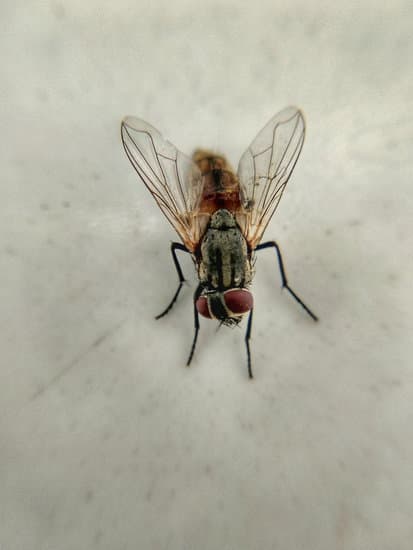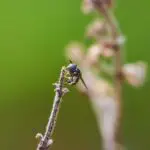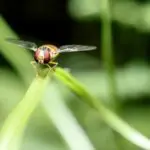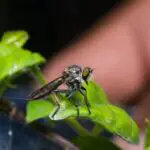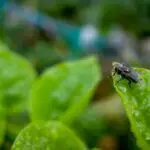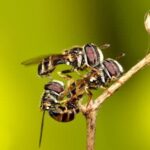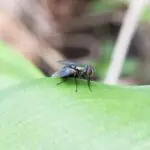How Common Are Drain Flies?
There is a very simple way to prevent and eliminate drain flies. First, determine whether you have an infestation. In most cases, drain flies can be easily eradicated with a quick trap and a little bit of maintenance. To avoid future infestations, check your trap regularly and take steps to clean the area outside to remove any sources of water. You can also clean your drain by using a long, stiff brush to scrub out any sludge.
Drain flies are often difficult to spot because of their small size. Drain flies are light gray or tan in color, and their wings are thin, folded over their bodies. These flies can be easily trapped by inverting a clear plastic cup with petroleum jelly or oil over the drain for several days. In addition, clear tape can be placed over the drain to identify breeding areas.
Drain flies are attracted to moist, decaying organic material and stand water. They lay their eggs in these areas. Their larvae feed on the organic material and muck that accumulates in a drain. They also feed on bacteria that live in a sewage treatment bed. Once in the larval stage, drain flies can survive for up to nine days and then emerge as adults.
Drain flies do not bite humans, but they can be a nuisance if they multiply to an unmanageable number. They can breed in bathtubs, sinks, floors, and wash basins. Occasionally, a nearby filter plant can cause an infestation.
